I want to raise curious kids who are lifelong learners, so I’ve created a home that can help foster those traits in my kids. Around the house, I set up various areas – Exploration Stations. We have a cupboard with science supplies, a drawer with creative writing materials, an art cubby, a nature backpack, an astronomy backpack, and other nooks and crannies for cooking, water play, playdough, puzzles, plus more.
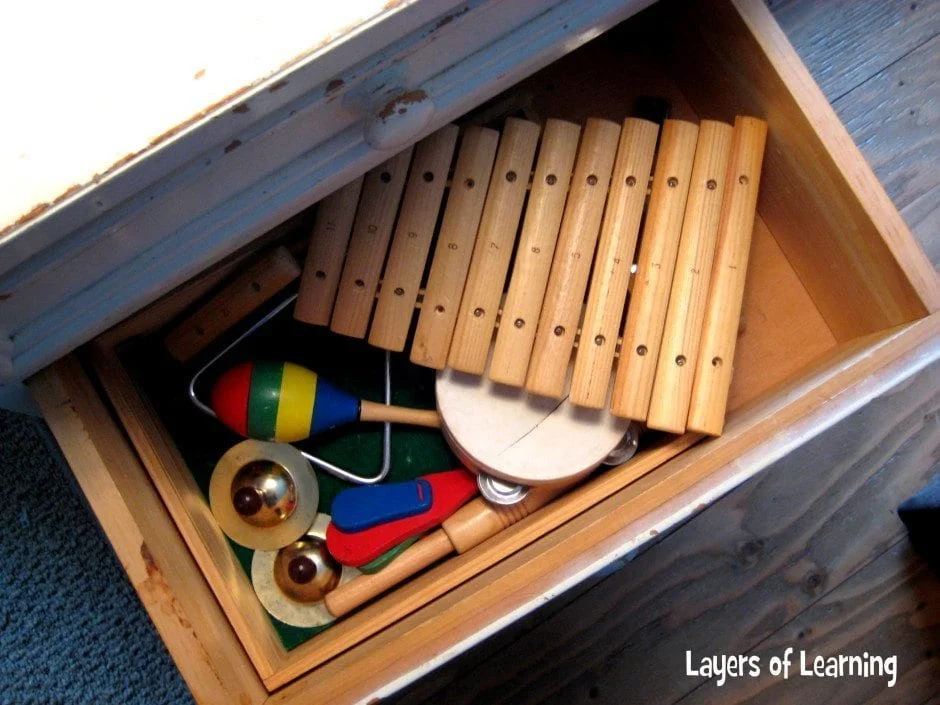
The kids are allowed to use these stations in their free time and also a couple of times a month we have Exploration Day instead of regular school work. I’m a believer in rigorous organized academics, but kids also need time to explore and learn the things that really interest them.
I have one son who was intensely interested in dragons when he was little. He wanted to be a paleontologist and discover dragon bones. He has since decided to be a rocket designer, an astronaut, and a pilot over the years. Exploration Days have given him semi-structured time to explore his interests.
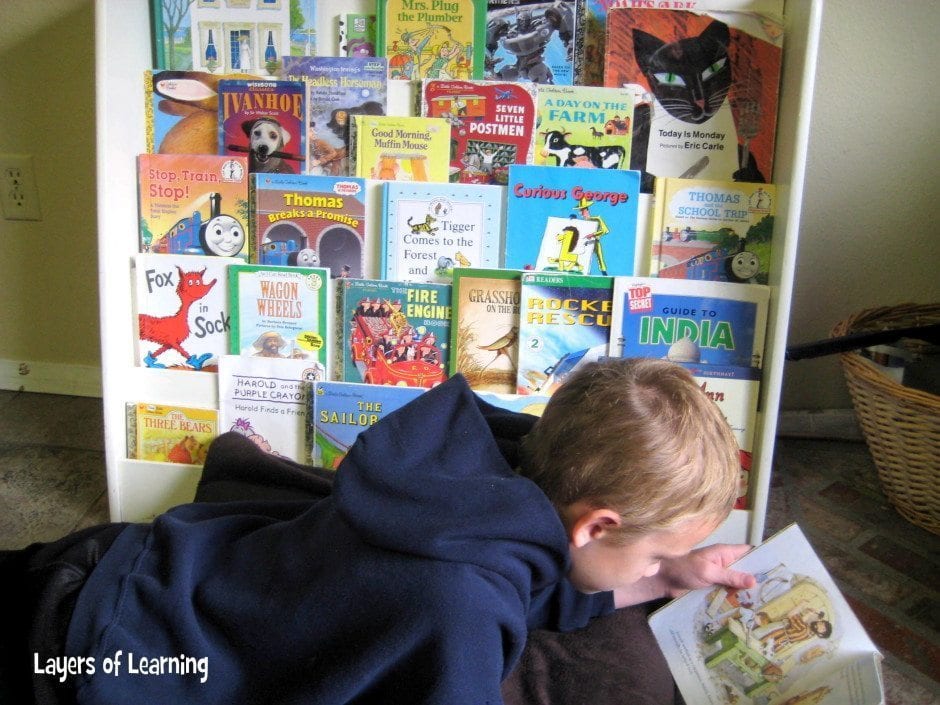
Another son loves drawing and spends most of his time doing art during Exploration Day. Over the years, my kids have explored all kinds of topics they normally wouldn’t if I hadn’t taken the time to set up Exploration Stations for them to discover.
Even if you don’t set up a day (or an hour or two) for exploration, having specific stations around the house in areas that specifically appeal to your kids can facilitate their love of learning.
Be creative in coming up with ideas and let your kids’ interests guide you!
Some Exploration Stations From My Home
Science
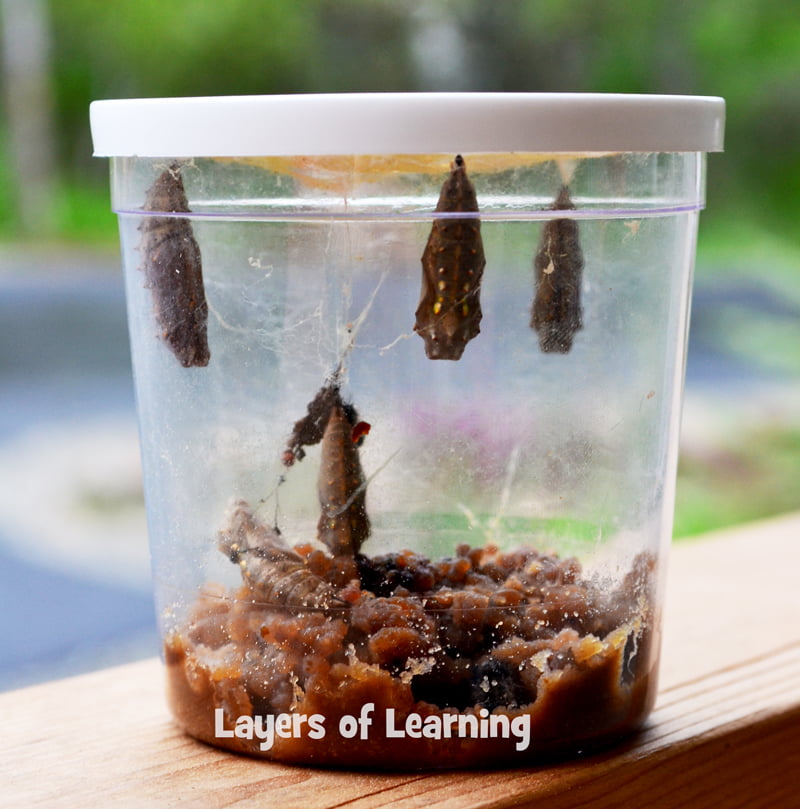
- Space, planets, stars flashcards and books, along with a small telescope and an astronomy journal
- Nature sketchbook to observe and draw things from the outdoors
- Rock or mineral set with some identification guides
- Chemistry set
- Electricity set to build circuits (Snap Circuits are great for little ones)
- Magnet set
- Simple machines building set
- Science kits (build robots, solar-powered cars, crystal radios, etc.)
- Computer programming station (check out http://www.alice.org/ )
- STEM Challenge materials
- Bug collection and bug net, ant farm, butterfly habitat, magnifying glass, and books about insects
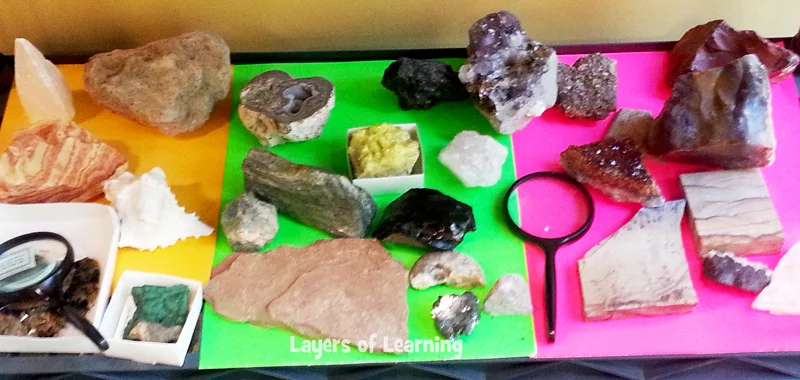
Math
- Math toys/games
- Puzzles
- Lacing shapes
- Math facts flashcards
- Counting bears with colorful cups
- Tangrams
- Linking cubes
- Pattern blocks with pattern and design cards
- Sudoku
- Grid logic puzzles
- Money set
- Dominoes
- Clock set and telling time book
Language Arts
- Children’s poetry books
- Nursery Rhyme books and puppets
- Fairy Tale books and toys
- Blank books for writing and illustrating stories
- Crafty materials to create character puppets, setting boxes, or book posters
- Library book basket with any books you spot that your kids might fancy
Arts
- Craft kits or any art supplies
- Art Cards to learn about famous artwork (You can find free printable ones from Layers of Learning here.) Include some mini-canvases, paints, and brushes and see what your kids create.
- Musical instruments and music
- Sewing, knitting, cross-stitching kits
- Camera and a photo challenge
- Woodworking tools and supplies
- Painting kits or supplies (canvases, watercolor papers, brushes, and paints) *There are terrific online tutorials for free.
- Play-doh
- Slime ingredients
- Sidewalk chalk
- Cookbooks/recipes, ingredients, supplies
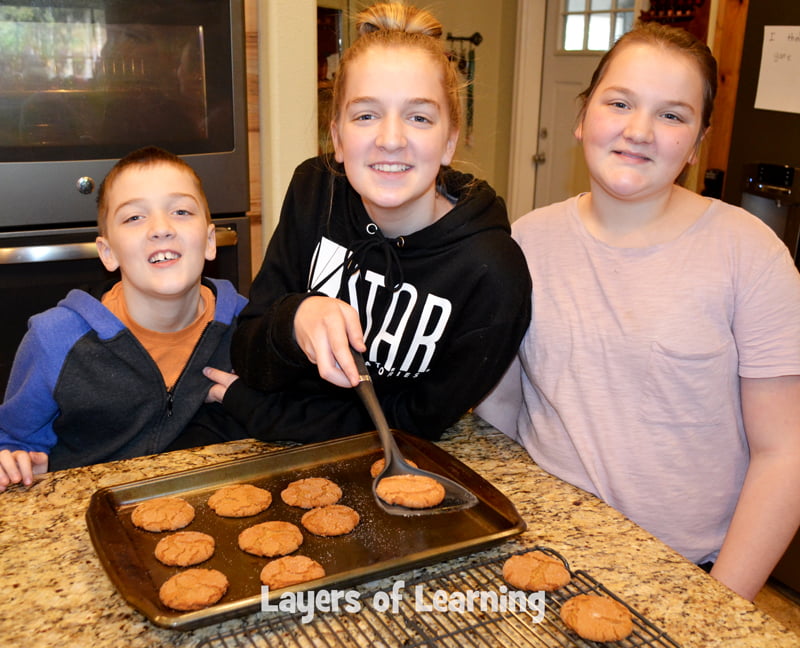
History & Geography
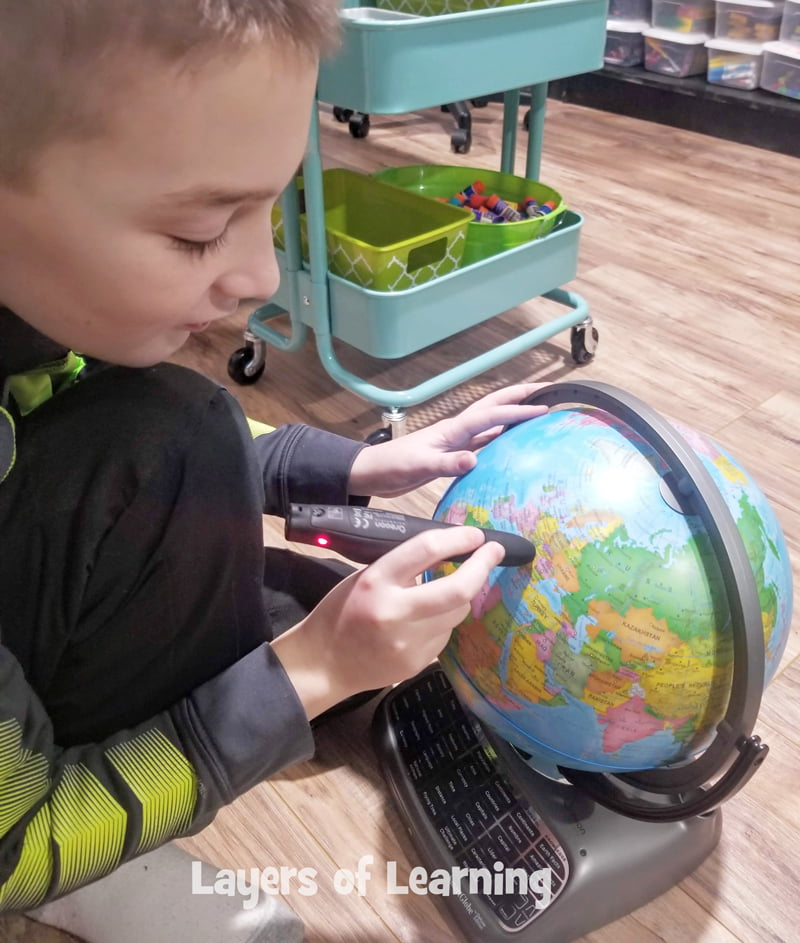
- Any combination of books, toys, puppets, costumes, or games surrounding any historical theme (pirates, ancient Egypt, Colonial America, Explorers, etc.)
- Geography puzzles
- Professor Noggin trivia games
- Children’s atlas with stories from other countries
- Recipe from somewhere in the world and the ingredients to make it
- Interactive globe
- Codes/Morse Code/Pictograms
- Lincoln Logs
Always Learning
We have our stations in all sorts of places, from baskets that sit by the rocker to the bottom drawer in my kitchen cabinets to a tote on the back porch. I trade out the topics every few months and keep creating new things for my kids to get excited about. I often put in a couple of books on the topic, along with a few tools or supplies to help them explore it. Their eyes light up when they find a new nook or cranny with an Exploration Station inside.
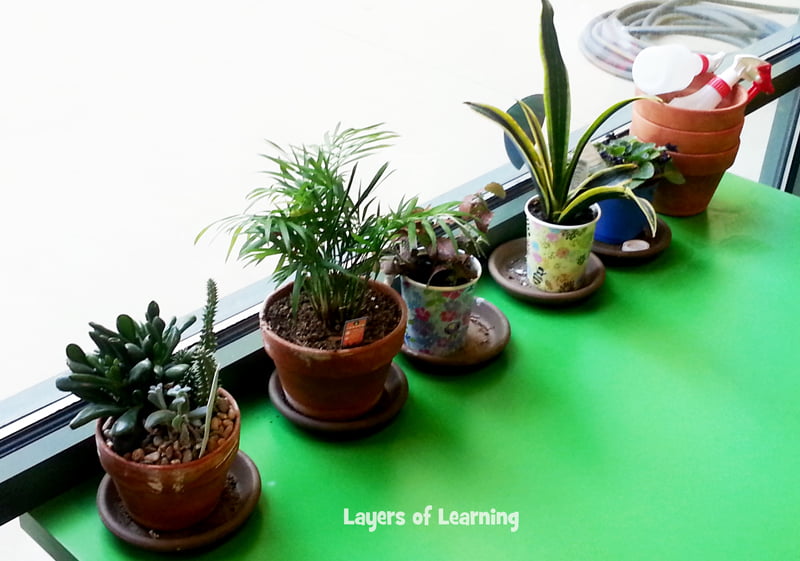
People often ask me about what our homeschool schedule looks like with the Layers of Learning program, but the truth is, we are ALWAYS LEARNING. Make and time and a place for learning in your home and let your kids pursue their interests all on their own, even when homeschool’s not in session. Have fun exploring!
Get a Free Unit
Choose between the first unit in each Layers of Learning subject to try for free when you sign up for the newsletter.
We never spam and you can cancel your subscription at any time.


